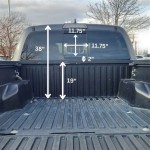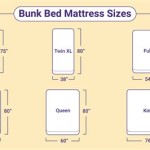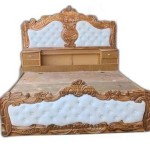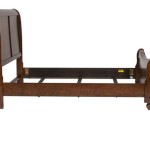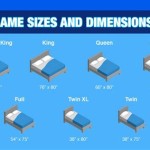Best Size of Raised Garden Beds
Raised garden beds are a popular choice for gardeners of all levels, providing many benefits over traditional in-ground gardens. One of the key considerations when designing a raised garden bed is the size. The optimal size will depend on various factors, including the space available, the types of plants you want to grow, and the ease of maintenance.
Width
The width of a raised garden bed is typically determined by the reach of the gardener. A bed that is too wide will make it difficult to access the plants in the middle. The ideal width is around 3-4 feet. This allows you to reach across the bed from either side without stepping into it, minimizing soil compaction.
Length
The length of a raised garden bed can vary greatly, depending on the space available and the desired layout. However, it is generally recommended to keep the length manageable, around 6-8 feet. This length allows for efficient watering and maintenance without the need for excessive stretching or walking.
Height
The height of a raised garden bed affects drainage, soil temperature, and ease of planting. A bed that is too low will not provide sufficient drainage, leading to root rot. A bed that is too high can be difficult to reach, especially for gardeners with mobility issues. The ideal height ranges from 12 to 24 inches. This height provides adequate drainage, warms the soil, and makes planting and maintenance easier.
Depth
The depth of a raised garden bed is determined by the root depth of the plants you intend to grow. Most vegetables require a depth of at least 12 inches, while some root vegetables, such as carrots and beets, may need up to 24 inches. If you plan to grow multiple layers of plants, such as vine crops trellised above leafy greens, consider a deeper bed of around 36 inches.
Shape
Raised garden beds can come in various shapes, including rectangular, square, circular, and L-shaped. The shape you choose will depend on the available space, personal preference, and the layout of your garden. Rectangular and square beds are the most common, as they are easy to construct and maximize space. Circular beds can be visually appealing and are suitable for smaller gardens. L-shaped beds can fit into corners or odd-shaped spaces.
Additional Considerations
Beyond the basic dimensions, there are a few additional considerations to keep in mind when determining the best size of raised garden beds:
- Slope: If your garden has a slope, create raised beds that run perpendicular to the slope to prevent erosion.
- Sun exposure: Consider the sun exposure of your garden and place the beds accordingly. Most vegetables require at least 6 hours of sunlight per day.
- Maintenance: Choose a size that you can easily maintain, including weeding, watering, and harvesting.
- Materials: The materials used for the raised bed will impact its size and durability. Wood, metal, and concrete are common options, each with its pros and cons.
By carefully considering the factors discussed above, you can determine the best size of raised garden beds for your specific needs and preferences. Remember, the optimal size will vary depending on your circumstances, so don't be afraid to experiment and adjust the dimensions as needed.

Raised Bed Garden From A Z What To Know Joe Gardener

Everything To Know About Building Raised Garden Beds Lovely Greens

Raised Bed Garden From A Z What To Know Joe Gardener

Everything To Know About Building Raised Garden Beds Lovely Greens

The Best Size For Raised Gardens Madness Method

4x8 Raised Bed Vegetable Garden Layout Ideas

Raised Garden Bed Woodlogger

Everything To Know About Building Raised Garden Beds Lovely Greens

How To Build A Raised Bed Garden Topsoil Direct

Getting Started With A Year Round Garden Part 2 Layout The Seasonal Homestead


